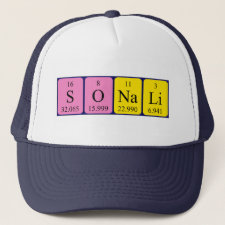
Authors: Lakshmi D, Sharma PS, Prasad BB
Article Title: Development of uric acid sensor based on molecularly imprinted polymer-modified hanging mercury drop electrode.
Publication date: 2006
Journal: Electroanalysis
Volume: 18
Issue: (9)
Page numbers: 918-927.
DOI: 10.1002/elan.200603478
Abstract: Uric acid (UA) sensor based on molecularly imprinted polymer-modified hanging mercury drop electrode was developed for sensitive and selective analysis in aqueous and blood serum samples. The uric acid-imprinted polymer was prepared from melamine and chloranil and coated directly onto the surface of a hanging mercury drop electrode, under charge-transfer interactions at +0.4V (vs. Ag/AgCl), in model 303A electrode system connected with a polarographic analyzer/stripping voltammeter (PAR model 264A). The binding event of uric acid was detected in the imprinted polymer layer through differential pulse, cathodic stripping voltammetry (DPCSV) at optimized operational conditions [accumulation potential +0.4V (vs. Ag/AgCl), accumulation time 120s, pH7.0, scan rate 10mV s-1, pulse amplitude 25mV]. The limit of detection for UA was found to be 0.024 μg mL-1 (RSD=0.64%, S/N=3). Under the optimized operational conditions, the sensor was able to differentiate between uric acid and other closely structural-related compounds and interfering substances. Ascorbic acid (AA), a major interferent in UA estimation, was not adsorbed on the surface of sensor electrode. The present sensor is, therefore, UA-selective at all concentrations of AA present in human blood serum samples. The précised and accurate quantification of UA have been made in the dilute as well as concentrated regions varying within limits 0.1-4.0 and 9.8-137.0 μg mL-1, respectively
Template and target information: uric acid
Author keywords: Uric acid sensor, Molecularly imprinted polymer-modified hanging mercury drop electrode, differential pulse, Cathodic stripping voltammetry, Human blood serum



Join the Society for Molecular Imprinting

New items RSS feed
Sign-up for e-mail updates:
Choose between receiving an occasional newsletter or more frequent e-mail alerts.
Click here to go to the sign-up page.
Is your name elemental or peptidic? Enter your name and find out by clicking either of the buttons below!
Other products you may like:
 MIPdatabase
MIPdatabase









